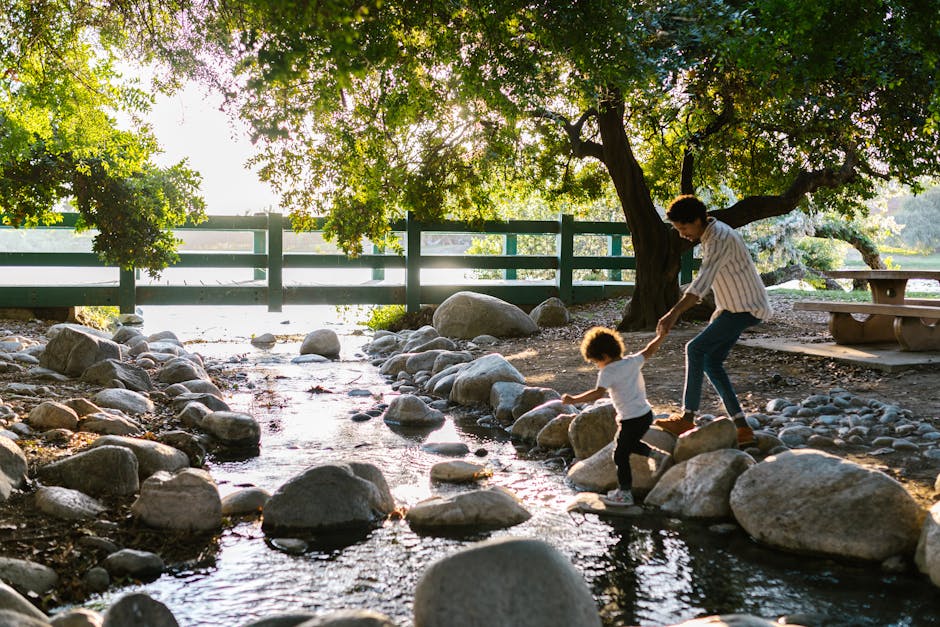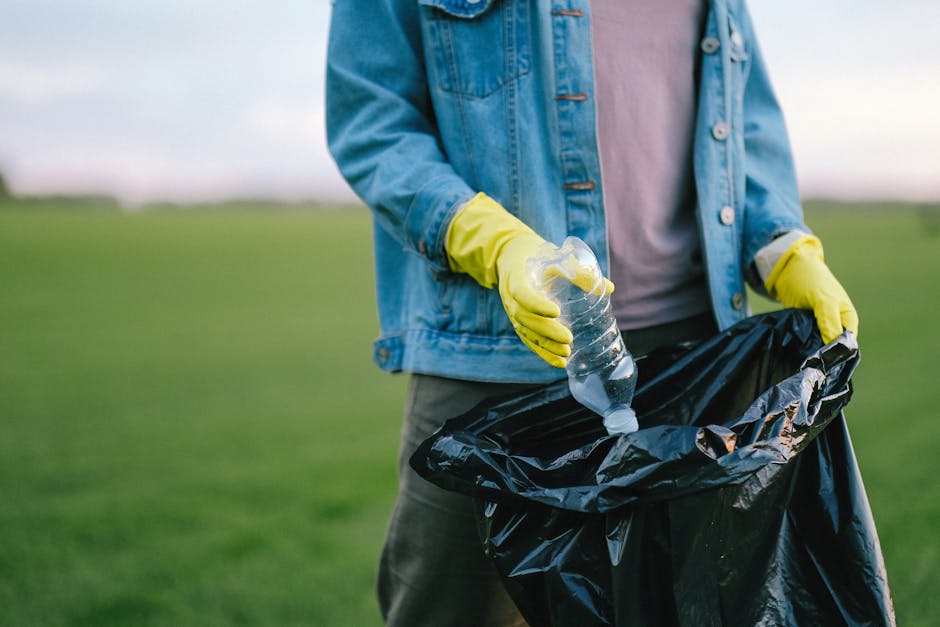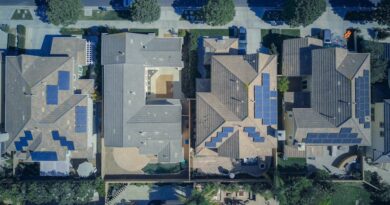How Drones Are Helping the Environment
Did you know that drones can play a big role in protecting our planet? These flying machines are not just for capturing stunning aerial photos. They are powerful tools for environmental conservation. From monitoring wildlife to planting trees, drones are changing the way we approach environmental issues. Lets explore how these high-tech gadgets are making a positive impact on our Earth.
What Are Drones and How Do They Work?

Drones, or unmanned aerial vehicles (UAVs), are aircraft that can fly without a human pilot on board. They are controlled remotely or can fly autonomously using pre-programmed flight plans. Drones come in various shapes and sizes, ranging from small hobbyist models to large, industrial machines.
These devices are equipped with cameras, sensors, and GPS technology. This allows them to gather detailed information from the sky. For example, a drone can fly over a forest and collect data about tree health, wildlife populations, and even soil quality. This information helps scientists and conservationists understand how to protect natural habitats.
How Are Drones Used in Wildlife Conservation?

One of the most exciting uses of drones is in wildlife conservation. But how do they help protect animals? Here are some key ways:
- Monitoring Endangered Species: Drones can track animals without disturbing them. For instance, researchers use drones to monitor the movements of endangered species like rhinos and sea turtles.
- Anti-Poaching Efforts: In regions where poaching is a threat, drones patrol vast areas. They can spot illegal activities and alert rangers, helping to protect wildlife.
- Mapping Habitats: Drones create detailed maps of habitats. This information helps conservationists identify critical areas that need protection.
Experts say using drones can save time and money while providing highly accurate data. For example, a drone can cover large areas in a short amount of time compared to ground surveys. This efficiency is crucial in the fight against wildlife crime.
Can Drones Help in Reforestation?

Yes, drones are becoming essential tools for reforestation efforts. Reforestation is the process of replanting trees in deforested areas. But how do drones fit into this picture?
- Seed Bombing: Drones can carry seed bombssmall balls made of seeds and nutrients. They drop these bombs in areas that need replanting, making it easier to grow new trees.
- Monitoring Growth: Once trees are planted, drones can monitor their growth from above. This way, scientists can see which areas are thriving and which need additional support.
- Mapping Deforestation: Drones capture images that show changes in forest cover over time. This data is vital for understanding deforestation trends.
Reforestation is critical for combatting climate change. Trees absorb carbon dioxide, a major greenhouse gas. By using drones in these efforts, we can efficiently plant and monitor forests, helping to restore our planet.
What Role Do Drones Play in Disaster Relief?

Drones also shine in disaster relief efforts. When natural disasters like floods, fires, or earthquakes strike, time is of the essence. Drones can assist in several ways:
- Damage Assessment: Drones can quickly survey damaged areas. They provide real-time images that help emergency responders understand the extent of destruction.
- Delivery of Supplies: In hard-to-reach areas, drones can deliver food, water, and medical supplies to those in need.
- Search and Rescue: Drones equipped with thermal imaging can locate missing persons in disaster-stricken areas.
By providing quick information and assistance, drones save lives and help communities recover faster after disasters.
How Are Drones Used in Agriculture for Environmental Benefits?
Farming is another field where drones make a significant impact. They help farmers use resources more efficiently and protect the environment. Heres how:
- Precision Agriculture: Drones can monitor crop health by capturing images of fields. Farmers can spot issues like pests or diseases early, reducing the need for harmful pesticides.
- Water Management: Drones can assess soil moisture levels. This helps farmers water their crops more effectively, conserving water.
- Reducing Chemical Use: Many farmers use drones for targeted pesticide application. This means only the affected areas get treatment, minimizing environmental impact.
By embracing drones, farmers can produce food while protecting the planet. it’s a win-win situation!
What Are the Challenges of Using Drones in Environmental Work?
While drones have many benefits, they also come with challenges. Here are some common issues:
- Regulations: Different countries have various rules for drone usage. Navigating these regulations can be tricky.
- Technical Issues: Drones can malfunction or run out of battery mid-flight, causing data loss or incomplete surveys.
- Public Perception: Some people are concerned about privacy and safety when drones are used near their homes.
Overcoming these challenges is essential for maximizing the potential of drones in environmental efforts.
what’s Next for Drones and Environmental Protection?
The future looks bright for drones and their role in environmental protection. As technology advances, we can expect even more innovative uses. Here are some exciting possibilities:
- Improved Sensors: Future drones will likely have better sensors that provide even more detailed data.
- AI Integration: Drones may use artificial intelligence to analyze data on the fly, making decisions in real-time.
- Collaboration: More partnerships between tech companies and environmental organizations will likely emerge, leading to creative solutions.
These advancements will enhance our ability to monitor and protect the environment, making drones a vital part of conservation efforts.
Conclusion: How Can You Get Involved?
Drones are transforming the way we tackle environmental challenges. They monitor wildlife, aid in reforestation, support disaster relief, and improve farming practices. By harnessing the power of technology, we can achieve remarkable results for our planet.
So, how can you get involved? Here are some actionable takeaways:
- Stay Informed: Learn more about drone technology and it’s applications in environmental conservation.
- Support Organizations: Consider donating to or volunteering with organizations that use drones for conservation.
- Advocate for Responsible Use: Encourage your community to embrace drone technology while respecting regulations and privacy concerns.
Drones are more than just gadgets; they are tools for change. Together, we can use them to create a healthier planet. For more information on the role of technology in conservation, check out this article from National Geographic.

